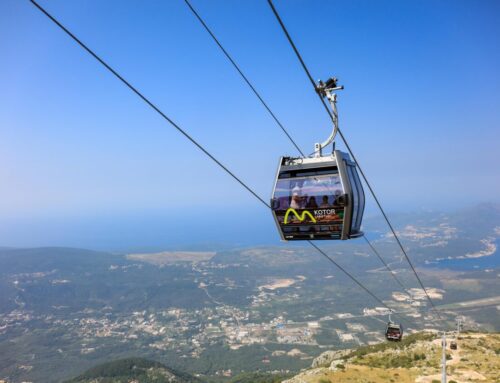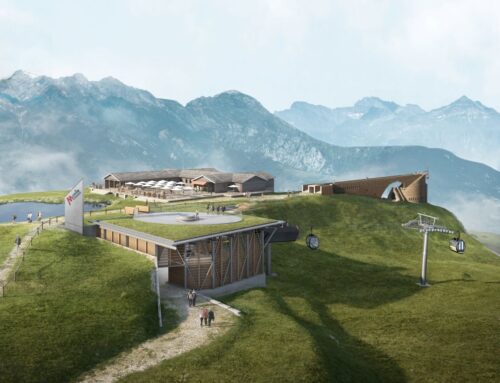
Cities
Manila advances cable car plans
Timothy Batan, Undersecretary of the DOTr, recently stated at the “Build Better More Infrastructure” forum that the costs and passenger capacity of the cable car system are to be determined by a detailed feasibility study in 2025.
“It’s our first cable car project. We have been informed that construction could take up to two years. If we can award the contract in 2026, it is possible that the facility will be operational by 2028,” the portal Klajoo quoted him as saying.
He added that the bidding for the project is expected to take place in 2026, once the feasibility study is completed. The Asian Development Bank (ADB) has funded the pre-feasibility study for the cable car project and will also continue to finance the feasibility study in 2025.
Help from Europe?
In 2021, France announced that it would financially support an urban cable car in Manila.

French Support?
As reported by the trade magazine SI Urban in 2021, France announced its intention to co-finance an urban cable car system in Manila.
At that time, Finance Minister Carlos Dominguez stated, according to a report by ABS-CBN, that he had met with the French Ambassador to the Philippines, Michèle Boccoz. During this meeting, the potential funding of several projects, including the country’s first urban cable car system, was discussed.
The Department of Transportation’s project then involved the construction of a cable-operated mass transit system extending approximately 4.5 kilometers along the Santolan-Eastwood-Pasig corridor in the Philippine capital, Manila. In a virtual meeting, Dominguez mentioned that the proposed $100 million project is awaiting approval from the Investment Coordination Committee.
Cebu City
Like the capital Manila, the port city of Cebu City also plans to invest in urban cable cars.

Cable car plans in Cebu City
However, Manila is not the only city in the Philippines with plans for urban cable cars. As we reported in 2023, Michael Rama, the mayor of Cebu City, is advocating for a system that could complement the public bus network.
Ideas presented to the Department of Transportation include a cable car system from South Road Properties to Highland, as well as a route from Cebu IT Park to Barangay Busay in Cebu City.
Michael Rama became even more optimistic about cable cars in the city after a visit to Hong Kong, where he experienced an aerial tramway transit system (ART) from the airport.
“It is possible to travel from the airport to Fuente. The cable car could even extend to Busay. That was a dream,” he said.
An ART cabin could transport 10 passengers every nine seconds from one station to the next. This capacity is equivalent to the transport performance of 200 jeepneys per hour and direction. Jeepneys are minibuses used as traditional transportation in the Philippines.
There are no specific details yet regarding the implementation and planned route.







